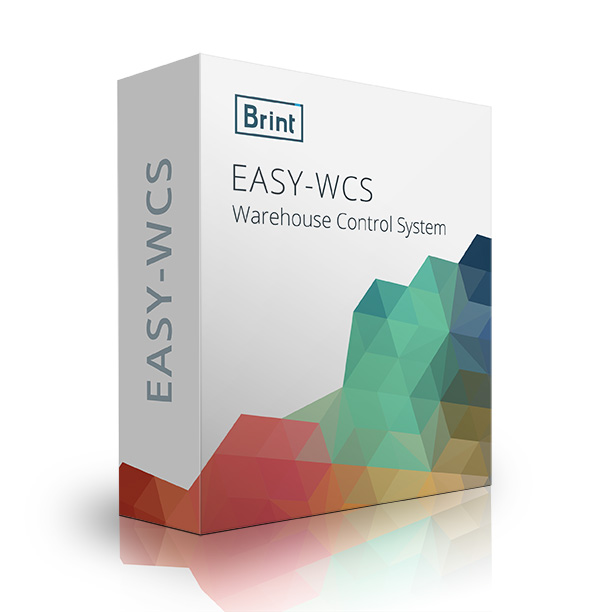When a large portion of the processes in a warehouse or distribution center is automated, EASY-WCS receives a high volume of requests. All needs are processed intelligently and properly interspersed without waste of time.
EASY-WCS (Warehouse Control System)

However, some flexibility is required so that urgent orders can be fit in and processed quickly and reliably, regardless of the different possible types of picking in a logistics center.
EASY-WCS is fully scalable, both in relation to operation and performance. It uses the best strategy for each specific process. The order data from higher-level systems are stored in databases and processed in accordance with optimized strategies. Operators have real-time access to all information.
The operation and control of EASY-WCS are associated in a precise way to specific vertical warehouse processes. A simple verification process or the pressing of a button is enough to trigger the following processing steps.
EASY-WCS contains all the modules required to control ASRS – Stacker Crane for pallets, MINILOAD, both for storage, retrieval and replenishments, as well as the conveyor belt control system and other mechanical components.

In addition, it can be integrated with other BRINT® systems:
EASY-WCS can also be integrated with third-party solutions, as for example, special software for TMS shipping, ERPs, etc. The system also allows the tracking of batches in accordance with ANVISA’s regulation and new requirements.
EASY-WCS can be integrated or provided with the following features:
- EAP – High performance order picking station
- PBL – BRINT® Picking-by-light
- BTP – BRINT® Tablet-Picking
- PBM – BRINT® Picking-By-Monitor
- PTL – BRINT® Put-to-light
- Automatic control of inputs and outputs at the headers
- It has no limit on the number of storage positions
- WEB control interface:
- – Request for manual output or through WebService;
- – Integration with any marketed ERP/WMS;
- – Multiple logical deposits in the same equipment;
- – Possibility of mirroring between equipment;
- – Organization algorithm for better output efficiency;
- – Non mandatory organization that can be started or stopped at any time;
- – It allows single deep or double deep equipment to be used;
- – Real time stock position with interaction by Views or WebService;
- – Input and output log control;
- – Statistical Reports;
- – Automatic error correction for positions with inventory problems;
- – Graphic viewing of concentration of products in their physical positions.
